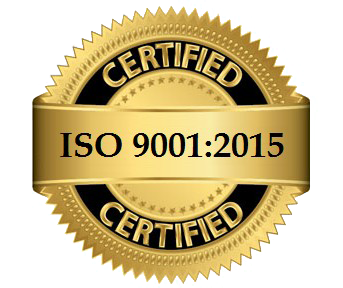When it comes to abrasive blasting, choosing between dry blasting and wet blasting is crucial for achieving optimal results. Each method has its unique advantages and applications. At N.T. Ruddock, we aim to help you make an informed decision about wet blasting vs dry blasting by outlining the key differences and benefits of both techniques.
Wet Blasting vs Dry Blasting
Dry Blasting
Overview: Dry blasting, also known as sandblasting, involves the use of abrasive materials propelled by compressed air to clean or prepare surfaces. This method is widely used in various industries due to its effectiveness in removing contaminants and creating a suitable surface profile for coating. Advantages: 1. Effective Cleaning: Dry blasting is highly effective in removing rust, paint, and other contaminants from surfaces. 2. Surface Preparation: It creates a rough surface profile, enhancing the adhesion of coatings and paints. 3. Versatility: Suitable for a wide range of materials, including metals, concrete, and wood. 4. Portability: Equipment is generally portable, allowing for use in various locations. Considerations:
- Dust Generation: Dry blasting generates a significant amount of dust, which can be hazardous if not properly managed.
- Environmental Impact: Proper containment and ventilation are required to minimize environmental impact and comply with regulations.
- Health Risks: Operators must use adequate personal protective equipment (PPE) to prevent inhalation of dust and abrasive particles.
Wet Blasting
Overview: Wet blasting, or vapor blasting, combines abrasive materials with water to clean and prepare surfaces. The addition of water reduces dust generation and provides a smoother finish compared to dry blasting.
Advantages:
1. Dust Suppression: The use of water significantly reduces dust, improving visibility and safety during the blasting process.
2. Smooth Finish: Wet blasting produces a smoother surface finish, which is ideal for delicate materials or applications requiring a refined appearance.
3. Reduced Heat Generation: Water helps to dissipate heat, reducing the risk of warping or damaging the substrate.
4. Environmental Benefits: Lower dust emissions mean less contamination and easier compliance with environmental regulations.
Considerations:
- Water Management: Proper disposal of water and contaminants is necessary to prevent environmental pollution.
- Equipment Complexity: Wet blasting equipment can be more complex and may require additional maintenance compared to dry blasting.
- Surface Drying: Surfaces must be dried thoroughly after wet blasting to prevent corrosion or other issues related to moisture.
Choosing the Right Method
The choice between dry blasting and wet blasting depends on several factors, including the material being treated, the desired surface finish, and environmental considerations. Here are some guidelines to help you decide:
- For Heavy-Duty Cleaning: If you need to remove heavy rust, paint, or contaminants, dry blasting is typically more effective.
- For Delicate Surfaces: If you are working with delicate materials or need a smoother finish, wet blasting is the better option.
- For Dust Control: In environments where dust control is crucial, wet blasting offers significant advantages.
- For Environmental Compliance: Wet blasting may be preferred in areas with strict environmental regulations due to its lower dust emissions.
At N.T. Ruddock, we offer a range of abrasive materials and equipment to support both dry and wet blasting methods. Our experts are here to help you choose the best approach for your specific project needs.



